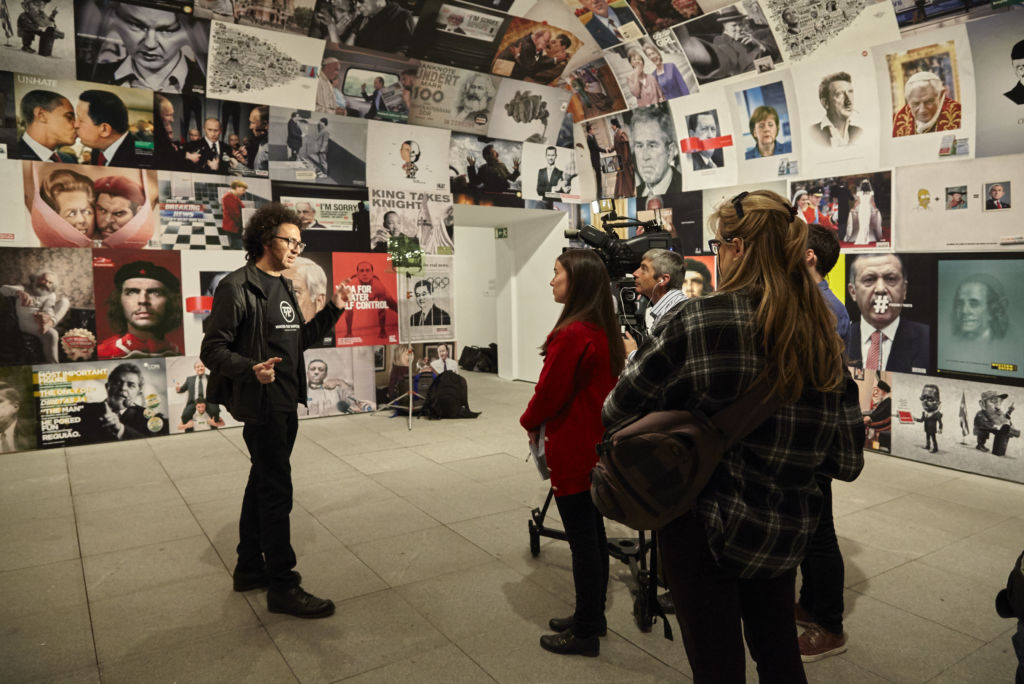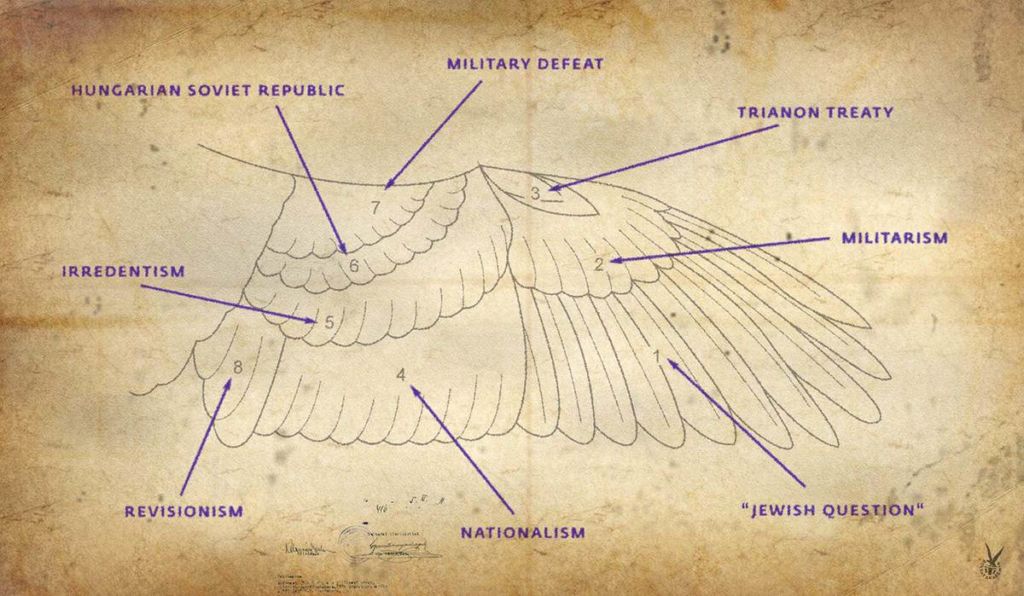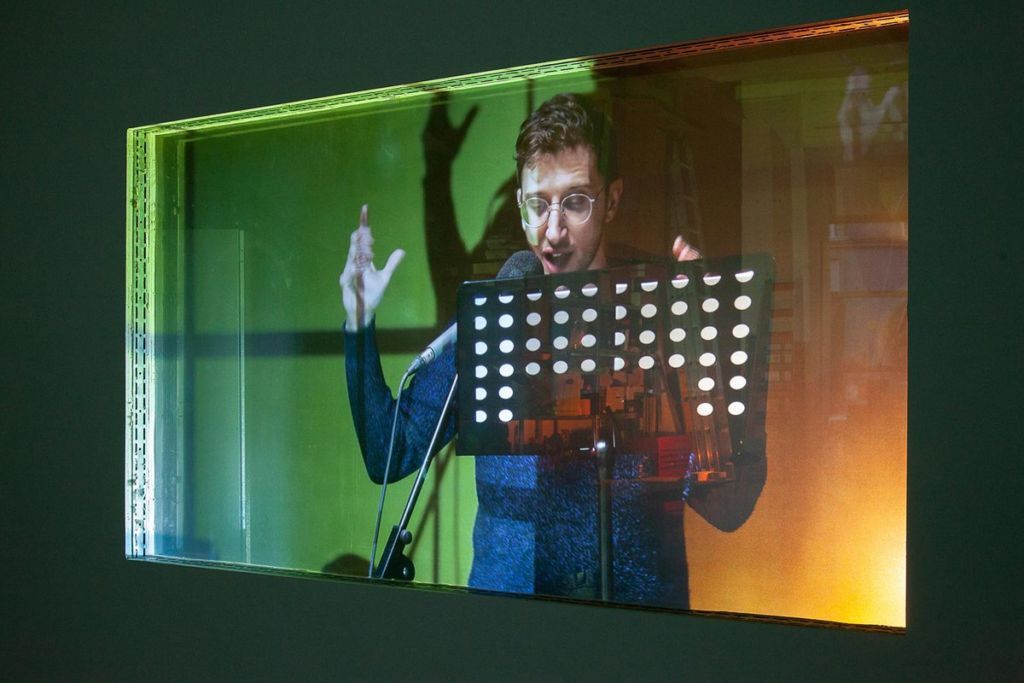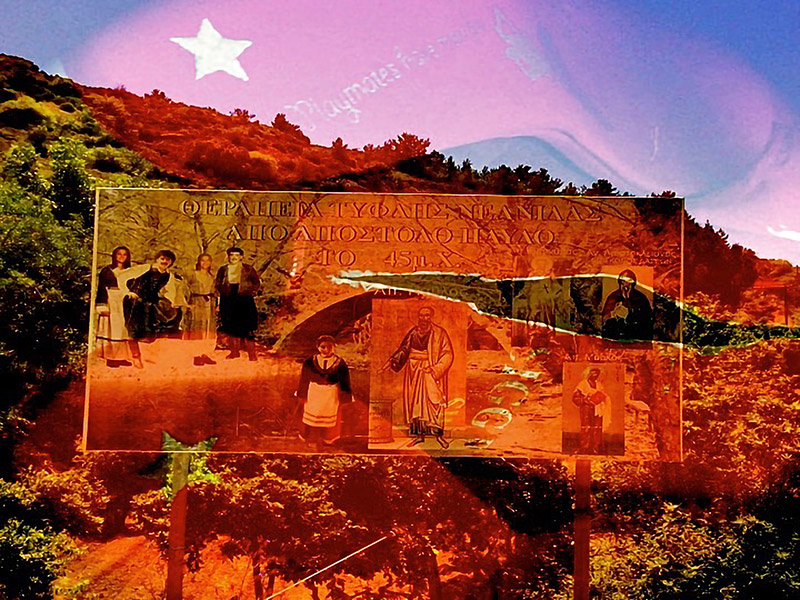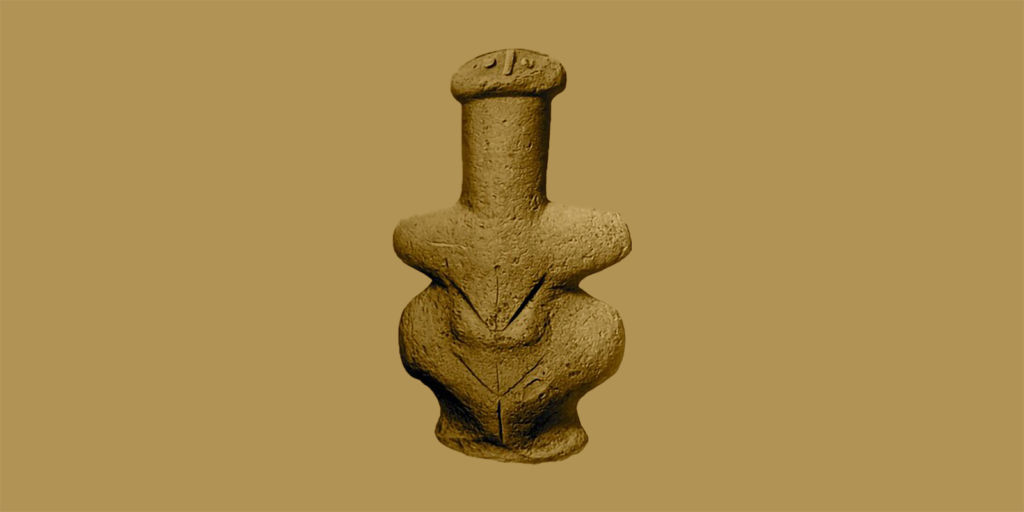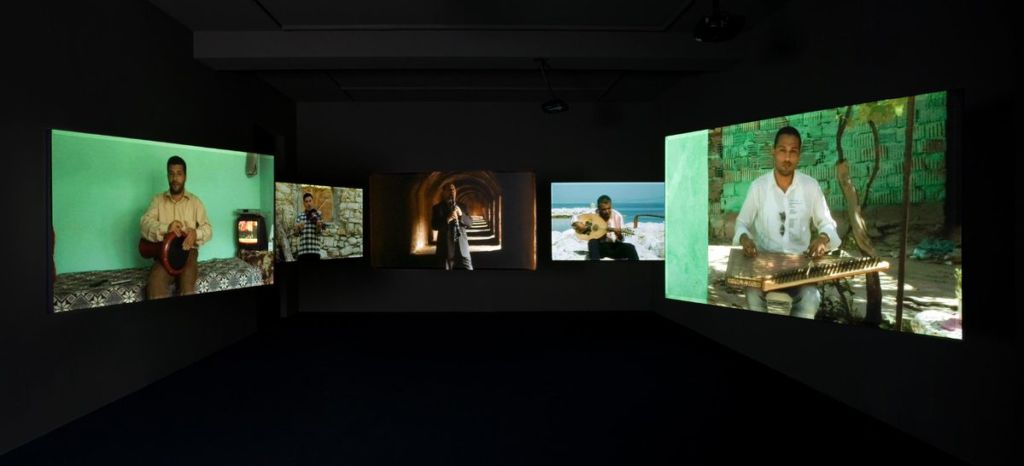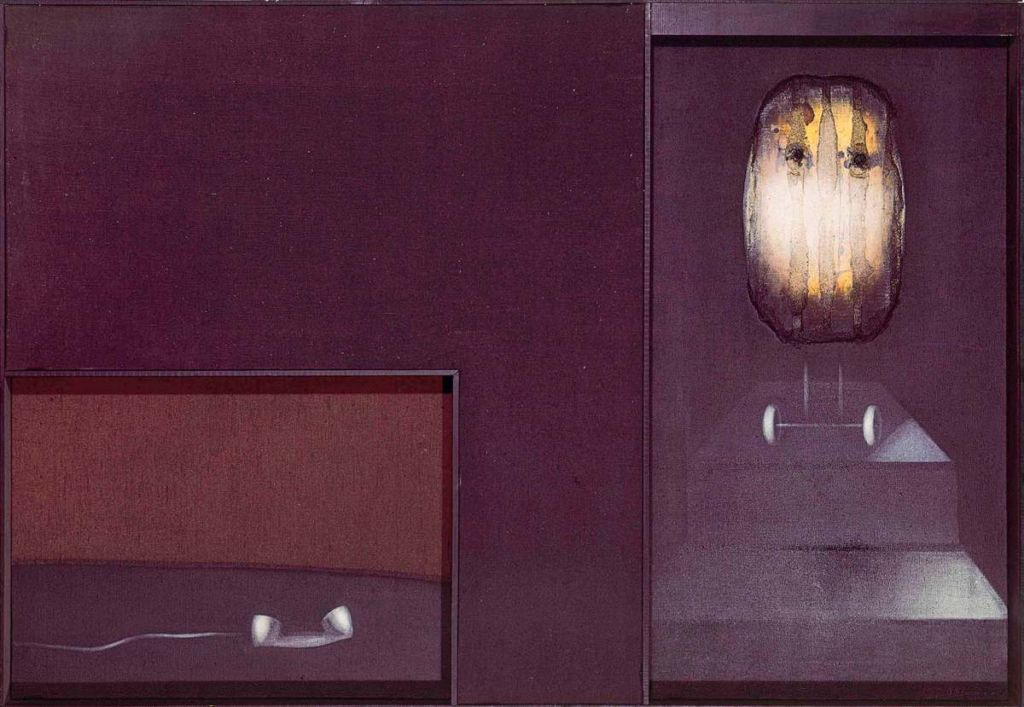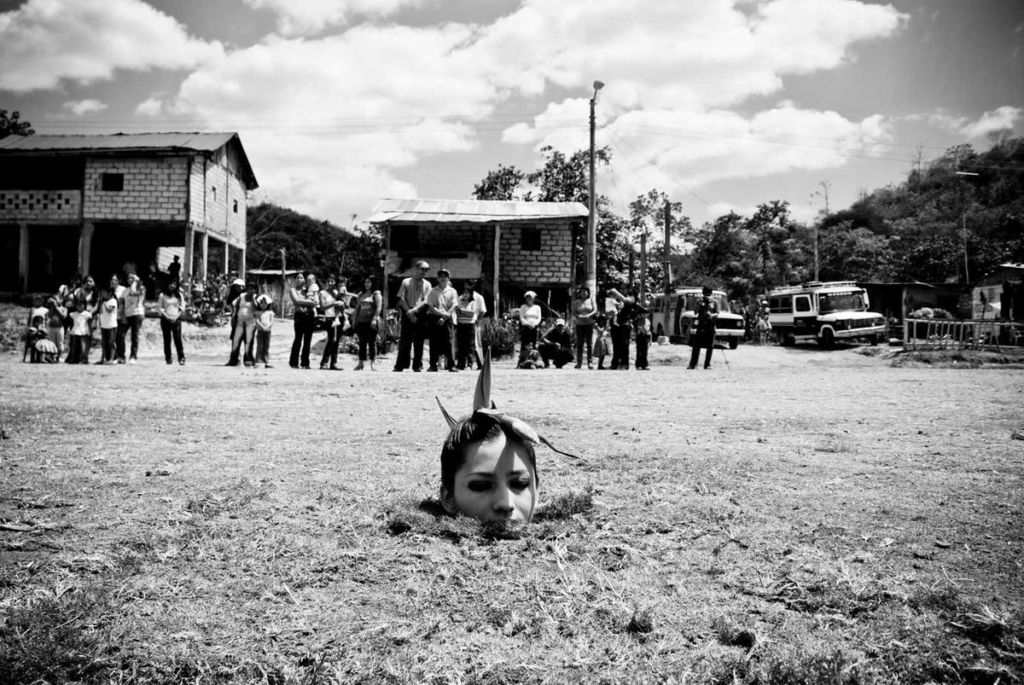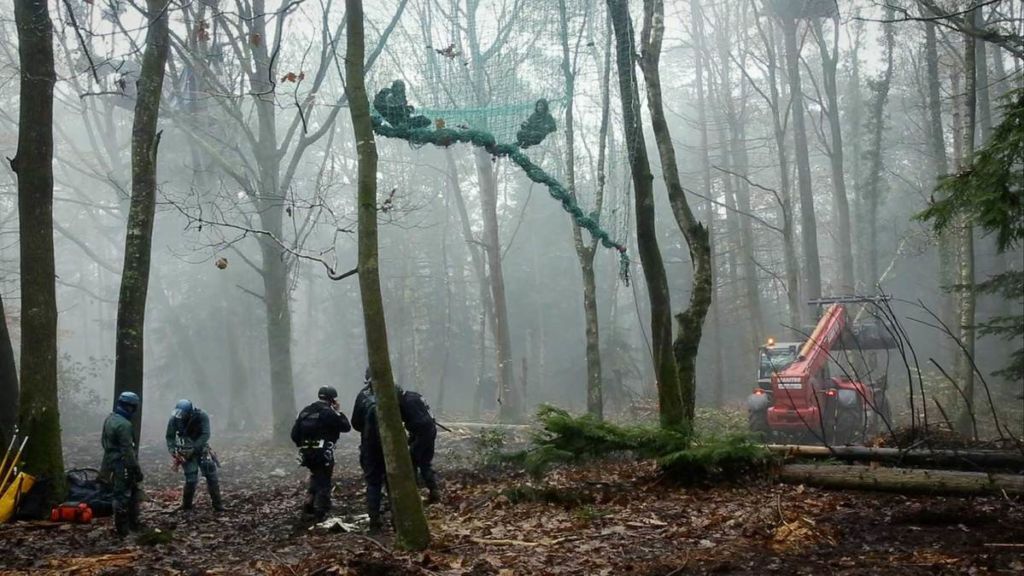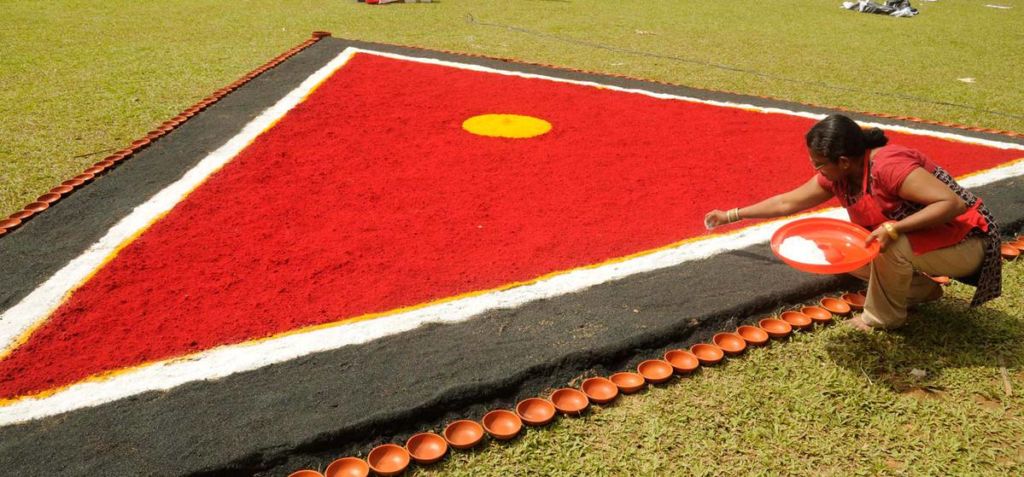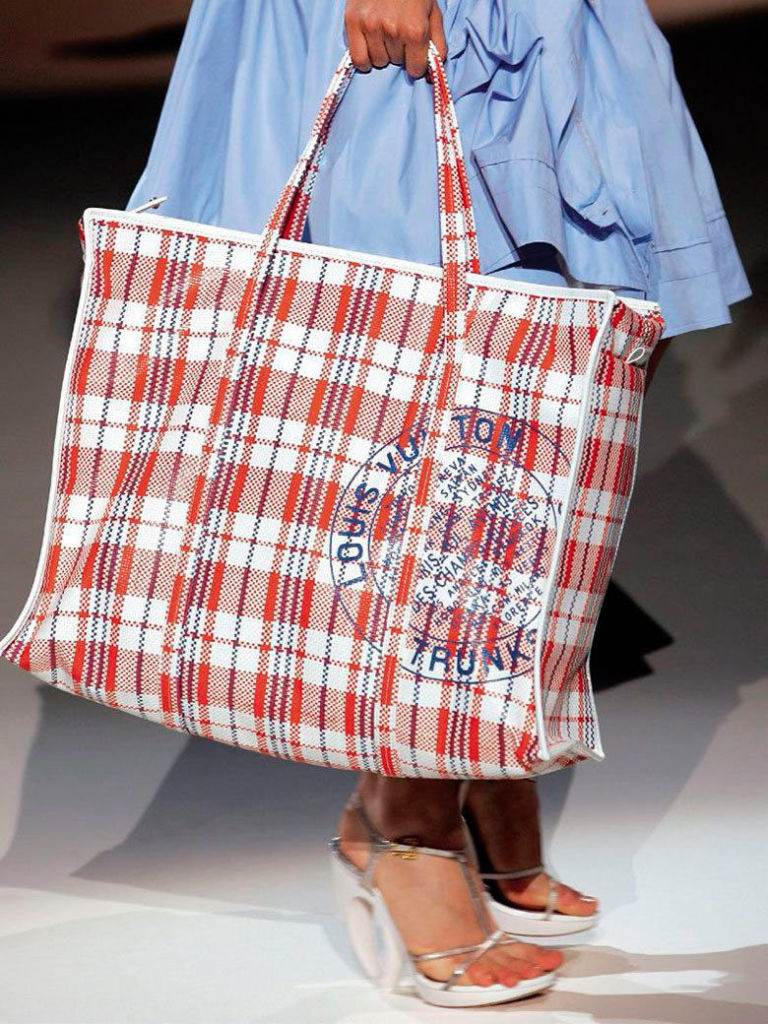Daniel G. Andújar, the artist as a thinker and augur of what happens
Investigation by José Luis Martinez Meseguer
Daniel García Andújar is prescient: since the very early days of the Internet, he has been able to anticipate the effects of technological progress and new communication strategies, the ways they reshape social and power relations, and how those can become fundamentally unequal. This essay examines the ways in which Andújar has deployed subversive, appropriationist tactics and strategies, both before and following the advent of the Internet, to slyly point out the inequalities of the Internet age.
Daniel García Andújar (b. 1966 in Almoradí, Alicante, Spain) is a multimedia artist with a long career outside the official system. He did not complete artistic or academic studies; instead, he educated himself, piece by piece, step by step, forging a career with its own path, in the manner of Antonio Machado or Constantine P. Kavafis. To Andújar the most important thing is the journey, the path, the participation, the learned, the lived.
He is an artist of experimental and experiential projects, rather than artworks. His projects question, through irony and the use of communication technologies, the democratic and egalitarian promises of new media. Starting from the observation that new communication technologies have transformed and continue to shape our daily experience, Andújar criticizes the will to control dissimulated behind their apparent transparency. He often reviews and updates works in progress, adding onto open-ended projects. His use of irony and humor connect and unite him with many artists I deeply admire, whose works are loaded with such sarcasm and parody, combining art and activism: Banksy, Maurizio Cattelan, Joan Fontcuberta, Jeff Koons, Vic Muniz, Antoni Muntadas, Martin Parr, Andy Warhol, and Ai Weiwei.
The concept of “project” more aptly describes Andújar’s approach than “artwork” or “piece,” more customarily used throughout twentieth-century art. His current artistic practice has more to do with thought, with the idea, than with the art object or product. In the late 1980s, his first notable projects combined action and video art, hence his appearances in many of the alternative festivals that promote both disciplines. This merging of mediums is innate to him, it is his own: unlike most of his contemporaries, more concerned with the market, with sales, with the “placeable” object, he goes beyond the bourgeois, decorative artistic object. His projects need new media, because his themes are also new.
As a matter of conviction, given his stance towards the saprophytic art market, his is the kind of artistic practice that arises from residences, exchanges, competitions, and commissions—at the edge of the market—as a new way of relating to the art world of the twenty-first century. At the anecdotal level, it is curious that some important collectors desire to acquire his work for their collections. His work is often conceptual to such a degree that it cannot be understood as a traditional work, nor can it be shown off to rivals—a very common ambition among collectors. Andújar’s works may be simple, humble, but they possess a powerful, vindicating, emotional, or historical charge.
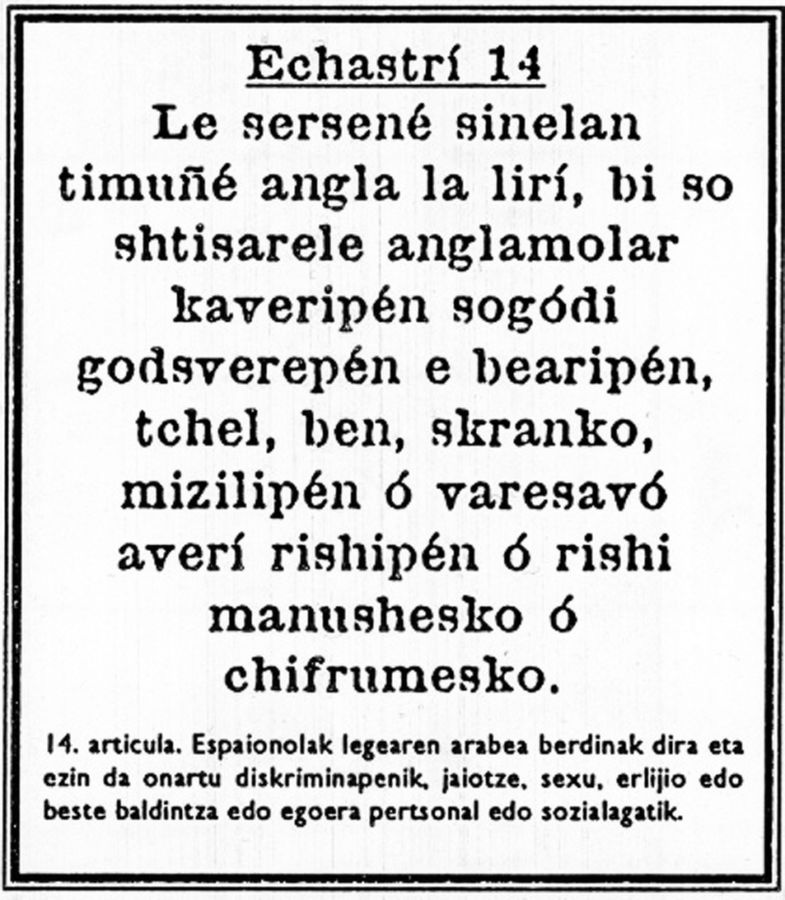
Daniel G. Andújar (1994) Dikipén o de las imágenes construidas (Dikipen or of the constructed images). Courtesy of the artist
This article tries to analyze certain of his projects, those that I consider fundamental milestones of his artistic approach, that, in some way, have launched or shaped his career. When dating his projects, I usually use the date on which they were first made or published. It is his custom to add to, improve, specify, his artworks: they are site-specific, made intentionally for the place in which they take place. Different versions of his projects exist, since with each iteration he relies on a different display or device, suitable for each occasion and context. He adapts each iteration of each project to the public to whom it is addressed.
Analogue Andújar: Pre-Internet works
Dikipén (o de las imágenes construidas) (Dikipen [or of the constructed images], 1994) is one of Andújar’s first projects that I want to highlight. It has a precedent in an action from 1992, in which the artist distributed or placed stickers, the size of a business card, in public spaces. Printed on these stickers, in Spanish and in Romani (or, to be more precise, Caló, the variant dialect of Romani in Spain, the South of France, and Portugal), was Article 14 of the Spanish Constitution, which guarantees equal rights and freedom from discriminatio.
One component of this project consisted in compiling articles and newspaper clippings in which the term “gypsy” was used—always contemptuously—and replacing it with “citizen.” Many times, in this documentation, the news or information lost its meaning, since the (negative) charge, the connotation, the image of the term, was suggested rather than stated; but it remained in the subconscious. Andújar spoke to us here about images: he pointed out that all images are constructed around strategies—otherness, categorization, differentiation, stereotype, hierarchy, representation, meaning, subjectivity, etc.—meaning that every image is not true in itself, but is provisional, relative.
In Spain, this pejorative image of the Gypsy ethnic group I believe has its first written documentation, or at least its most known and widely disseminated, in King Carlos III’s Pragmatic Sanction of Naples1, which led to a popular saying, “Ni gitanos ni murcianos ni gentes de mal vivir” (Neither Gypsies nor Murcians nor other bad people”). Here, the term “Murcian,” with which many jokes have been made, instead of referring to the population of the Murcia region of southeastern Spain, actually refers to the action murciar, a term in disuse, meaning to steal. Thus, the term “gypsy” was associated in turn with two negative and racist concepts, in fact aporophobic (fearful of poverty) rather than xenophobic.
Dikipén means vision, sight. The artist plays here with several meanings of the action, or fact, of seeing: the ability to see, perceive with the eyes, as well as their lack or non-perception. It also refers to immediate and direct contemplation without sensible perception, and to the particular point of view on a subject or issue. To the object of sight, especially when it is ridiculous or frightening. And especially to the creation of fantasy or imagination, which has no reality and is taken as true. To the construction of an image or a stereotype about something. It is also about making visible, a term now very much in vogue, but which thirty years ago was more a matter of strong positioning and the political convictions of citizens, in the Aristotelian sense of zoon politikón2. This attitude of active citizenship will be present in each and every one of Andújar’s projects.
By referring to equality, Andújar is actually relating to inequality, another concept of reference in his work, which in the optimistic ‘80s was not taken into account as it is now, when differences are greater and many artists have jumped on the bandwagon of reusable and postmodern labels. He is also talking about minorities—marginalized by statesmen and politicians and by the market. It is a Hegelian idea that, for the good of the state, of the majority, everything was justified and should be done, including the massacre of minorities, always at a disadvantage.
Andújar takes advantage of this idea, and this is another of the characteristics of his work: the interstice, the cleft, the space, the gap, the void (legal, no.legal or illegal) that mediates or exists between something, between the topics he deals with, that worry him. This comes from a thorough analysis, a profuse documentation, an investigation before which, chapeau! I take my hat off. This can be seen in his courses and workshops, talks and conferences. To his loquacity is added the interest of what he transmits. Above all, we observe how he grasps his subject from a variety of different perspectives. This also comes from his training: though self-taught, he has always followed his questions to their sources, connecting with whoever generated the matters that interest him, and working collaboratively, hand in hand with them. The best of educations.
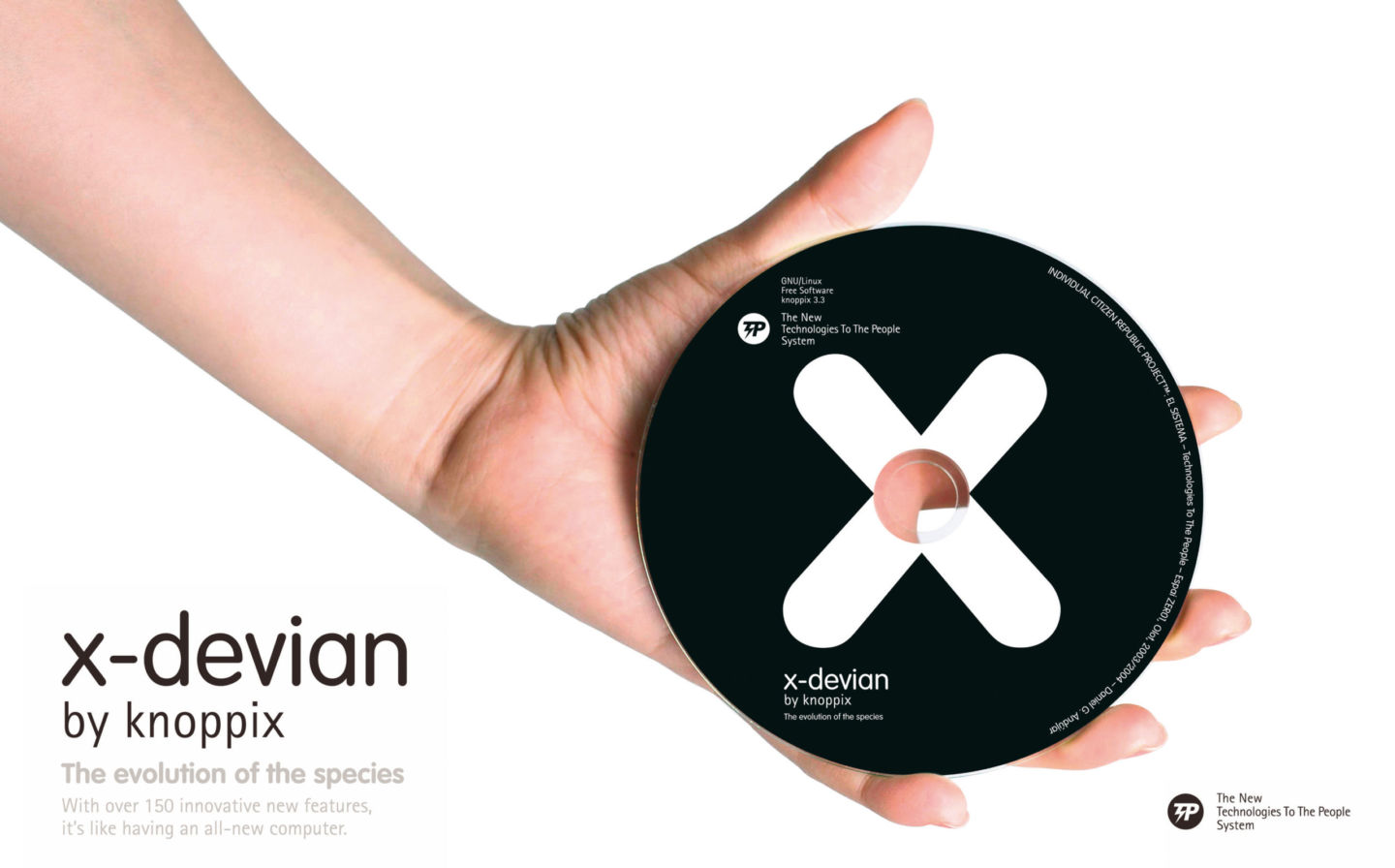
Technologies To The People (2003) Sistema Operativo X-Devian (Operating System X-Devian). Courtesy of the artist
There is a work of which I personally—and not only as a collector of postcards myself—am very proud. I refer to the potential of small objects or chores. It is a small action, Ehrendekmal für Emigranten (Honorary Monument for Emigrants, 1997), undertaken during his residency in Dortmund, while working on the Wir beobachten! project (We observe!, 1997) for the Künstlerhaus. It dealt with a subversion. With industrialization, the city of Dortmund became one of the most important centers for the production of coal, steel, and beer in Germany. One of the city’s most significant monuments, of which Dortmund’s inhabitants are very proud, is a monument to the industrialization of Germany, to its might. It depicts a boy holding a coin, a German mark, as an example of the efforts made by the German people. Andújar created a postcard, imitating the style of those found in tourist souvenir shops, in which he replaced this statue with an Honorary Monument to Emigrants of his own design. In so doing, he depicts the immigrant labor that really made this “German miracle” possible. When we met, around that time, he told me how, each day, as he made his way from from his home to his workplace, he replaced real commercial postcards in tourist shops with his own ingenious intervention. Appropriation of this kind, this reuse of elements to change their meaning, is a device often used in modern art. A subversion of signifiers, to highlight an idea. Otherness understood as a civic and empathetic attitude.
Andújar wants to combat the passivity of the spectator. In a motto borrowed from Antoni Muntadas: Perception requires participation. We find the same concept in Joan Fontcuberta, on photography. Like them, Andújar urges the public to actively observe the artist’s product, to avoid being deceived. It may be a trick, a gimic, a “trompe l’oeil” that art has always used. Pay attention.
Andújar online
All the projects mentioned so far took place before the advent of the Internet, before the network became what it is today—before what has become known as the Third Industrial Revolution. The Andújar that we now celebrate began his journey, his contemporary artistic practice, with www.irational.org (1996), an international association of artists, of which he is a founding member, who collaborated on this website and shared an Internet server, back in the prehistory of the Internet, when the service was much more expensive, as all new technology is at its beginnings. The group is an international reference for net.art, or art on the net, formed by British artists Rachel Baker and Heath Bunting, Mexican artist Minerva Cuevas, and Andújar himself. This group was formed as a parody of avant-garde movements, mainly writers such as Tilman Baumgärtel, Josephine Bosma, Hans Dieter Huber, and Pit Schultz. Members’ individual works have little in common, but the portal served as a platform in the literal sense and as a launching pad for its component members.
Working anonimously under the umbrella of the (fictitious) foundation of the same name, their best-known project is Technologies To The People [TTTP]® (1996). Above all, the group was concerned that technology was not going to reach the most disadvantaged populations and thus increase existing inequalities. Its members want to make us aware of the reality that surrounds us and the delusion inherent in the promises of free choice—promises that become, inevitably, new forms of control and inequality.
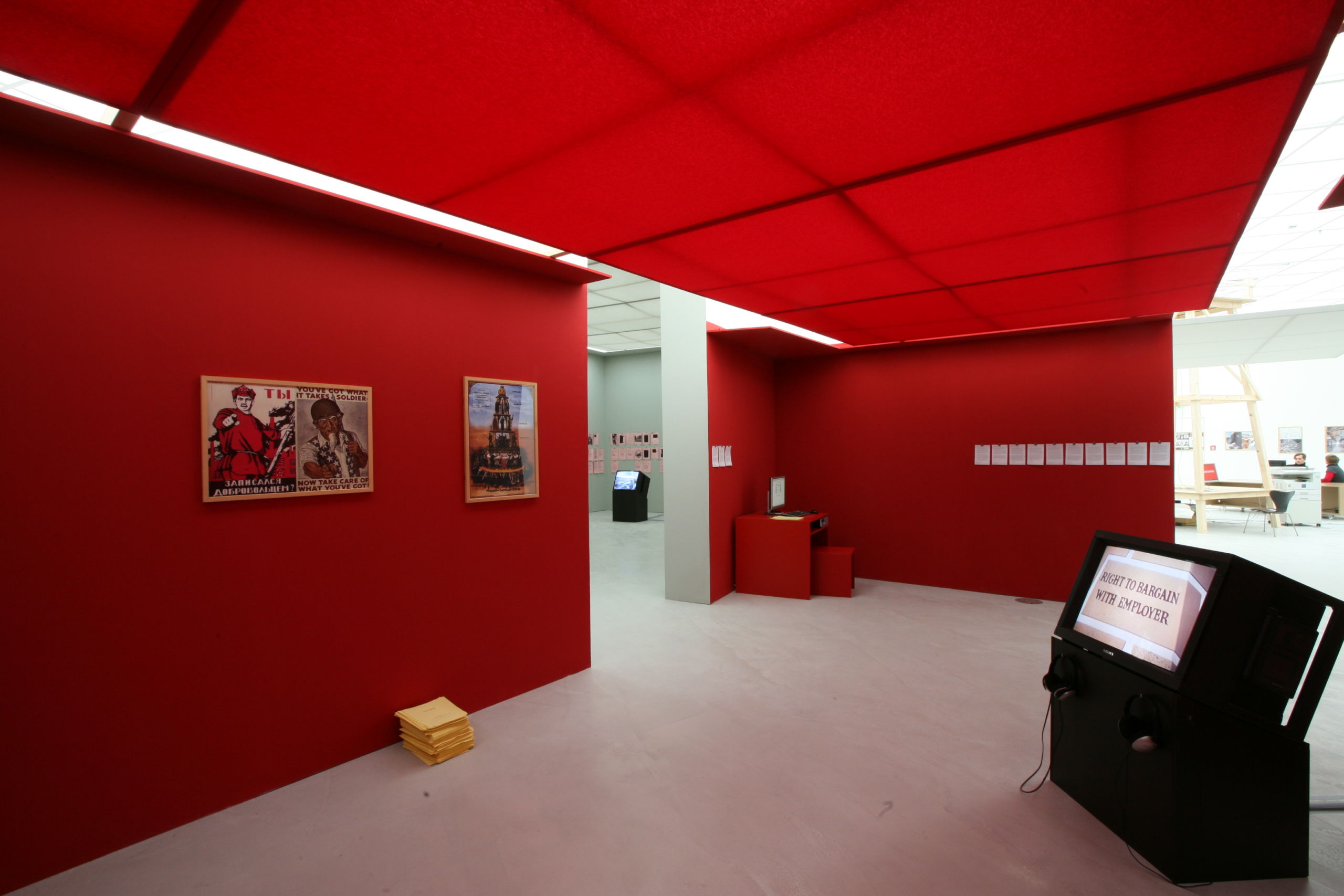
Daniel G. Andújar (2006) Postcapital Archive (1989-2001). Courtesy of the artist
In this context, a significant work, let’s call it a performance, took place: iSAM™ (1997). Andujar was aware, from a very early stage, of the socio-economic differences that technology would generate. That is why he decided to promote, through an advertising campaign in the press and brochures, a machine he called iSAM™—never actually created, except digitally and in the mind of our artist—that was supposed to help members of society with the least advantages—the indigent, the homeless—access the economy, at a time when it changed from the gold standard to the plastic standard and the increasing use of the credit card was going to leave out a significant sector of the population. Tellingly, American companies in Silicon Valley contacted the creator to obtain the (non-existent) patent for the (imaginary) gadget. Because, yes, this campaign, in its strictest seriousness and rigor, using its own and appropriated means of advertising, knew how to reach the public.
Emblematic (also simulated) TTTP Collections were created under the banner of the fictitious foundation, part of its heritage and economic power: the TTTP Photo Collection (1997), TTTP Video Collection (1998), TTTP Classic Net.art Collection (1999). I find these collections very interesting because, being objective, they also play with their own concepts and ideas, such as top ten lists, the commercialization of art, copyrights, authorship, the concept of museum or of art being worthy of museum, the concept of the masterpiece. The video collection is a collaborative work with the scholar Eugeni Bonet, an expert in video and moving image art, in which Andujar and Bonet establish a list of what they considered, at that specific moment, the best one hundred works of video art. The Classic Net.art Collection is already pure rhetoric, metaphor, hyperbole—how can you own something nonphysical, something that does not exist, that does not have physicality? Andújar resolves this paradox by printing on canvas the homepage of Classic Net.art Collection, which he frames with baroque moldings that give it a seriousness that the concept itself subverts. Calling “Classic” something that was emerging emphasizes that fine irony that underlies his works.
This last series reminds me of the Net Space in the 2000 edition of ARCO, the emblematic Madrid fair, directed at the time by Rosina Gómez Baeza, a real coolhunter or trendsetter, before those terms acquired the commonplace ring they have today. The director understood that a space in the fair should be dedicated to net.art, even though the genre was only just incipient, and despite the constant network problems at the venue. I bring this up because collecting, in the traditional, classic, objective sense, understood that this art could not be a symptom of any prestige. It did not understand virtuality, something now almost more valued than the real thing, and almost more effective.
Then came another period, prior to the emergence of social networks, of collective citizen platforms on websites: e-arco.org, e-barcelona.org, e-dortmund.org, e-madrid.org, e-manifesta.org, e-norte.org, e-sevilla.org, e-seoul.org, e-sttutgart.org, e-toulouse.org, e-valencia.org, among others, in which contributors analyzed the behavior of the art market in these cities, how the power mechanisms worked. Forums of dissent, e-valencia.org was closed by a judge because of a complaint against it by the former director of IVAM—who has now been implicated in a criminal plot, part of which was exposed and denounced on e-valencia.org.
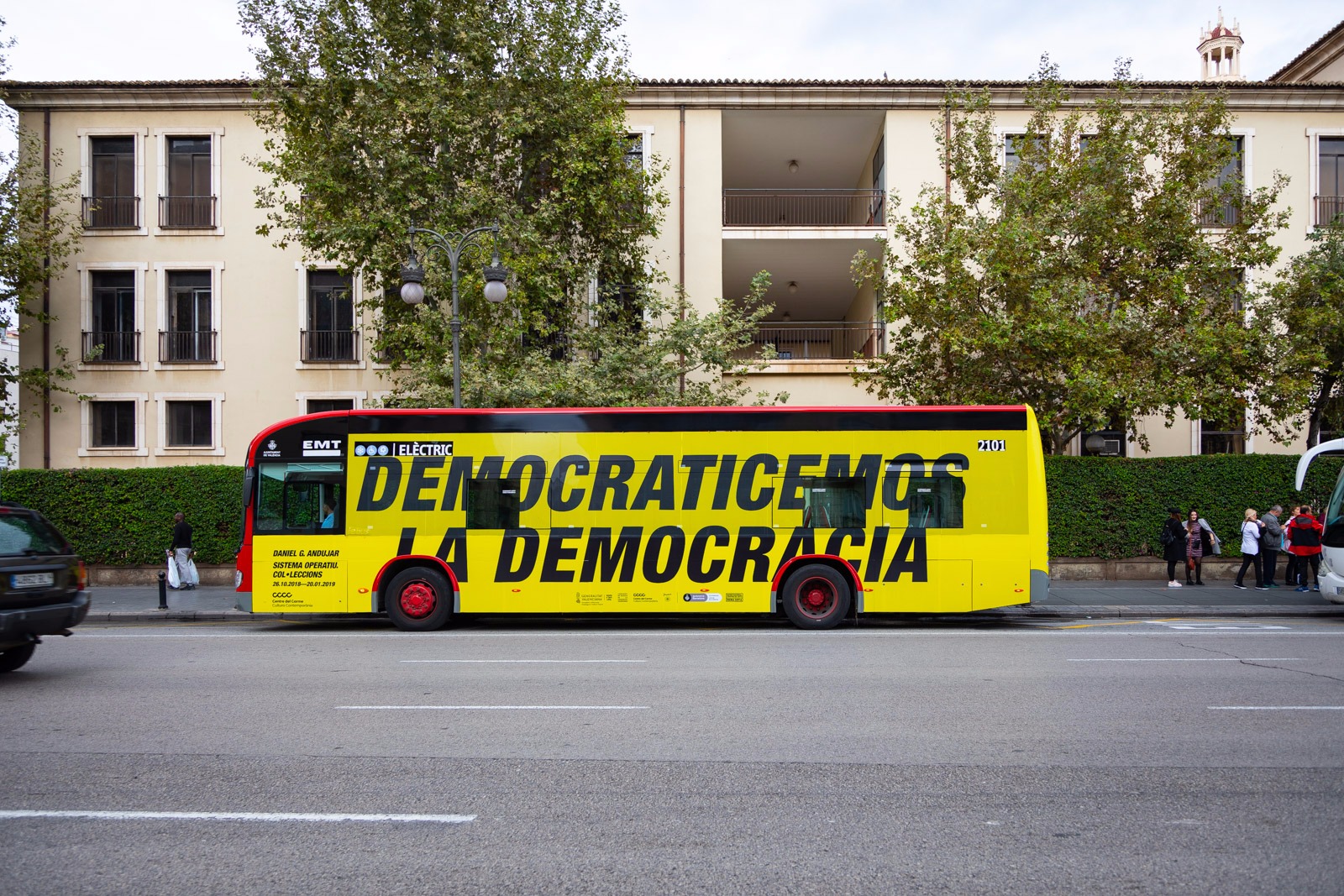
Daniel G. Andújar (2011) Democraticemos la democracia (Democratise democracy). Courtesy of the artist
After the fall of the Berlin Wall, while everyone thought it represented the end of communism, Andújar—a sharp observer—proposed another concept, a whole framework of thought and reflection on immediate contemporaneity, in his work Postcapital Archive (1989-2001) (2006). He explains that the disappearance of communism will actually produce a new capitalism, new ways, new modes of acting. The thing that we are already suffering in our own flesh.
He works here on a concept very dear to him and recurrent in his work: the archive. In reality, the Internet, the web, is an immense archive in which to surf, investigate, and discover. With its own organization, rules, and protocols. He has even worked on the dark web, the network from which it is possible to hire people to commit crimes or traffic drugs. The body has been another of the topics which he returns to, in some projects for TTTP, looking to genetic pre-design (about two hundred pathologies can be prevented). In the most recent TTTP works, presented at documenta14 (2017), he examined the appropriations of our DNA by leisure and consumer companies.
Democraticemos la democracia (Democratise democracy, 2011), one of his latest projects, began on the coasts of Alicante. It took place on one precise day, May 1, International Workers’ Day. He performed his second action in Barcelona, a few days before the celebration of the “Spanish Revolution,” on May 15, which gives it a special symbolism. We have already seen examples of Andújar’s concern in exercising citizenship. Here he uses a device very specific of the Spanish summer: the small planes that fly over the crowded beaches of the coast advertising a wide range of products. In this case, a showy banner with a yellow background and black lettering (mimicking a defined corporate image) bearing the political motto: “Let’s democratize democracy.” Unusual. Different. Rare. It must have surprised those who saw it. This work has been done in countless places with different types of governments, translated into different languages, yet the context and the concept have worked perfectly. (Except in the Western Sahara, where the Polisario Front camp refused the performance, since Polisario doesn’t like to see their color yellow adopted by other causes.)
Andújar is an interesting reflection of what goes on in the world, from an artistic point of view. Contemporaneity in motion, as a process. Alive. Pure art.
NB: As author and translator of the text, I wish to thank Madeleine Compagnon, Alejandro Fortuño Salanguera, Murray Molloy, and Daniella Zlotoura for their kindly revisions to my English text.
Editor: Vincent Simon
Cover: The artist interviewed during the exhibition Daniel G. Andújar Operating System, January 21 – May 4, 2015, MNCARS Museo Nacional Centro de Arte Reina Sofía. Courtesy of the artist
1.The Royal Pragmatic Sanction from September 19, 1783, contained “Rules to contain and punish the laziness and other excesses of the so-called gypsies,” and the one from June 24, 1784, explained the “way justice proceeds in the persecution of gypsies, vagrants, and other bandits, robbers, and criminals.”
2.ζῷον πολῑτῐκόν, from the ancient Greek ζῷον, zỗon, “animal” and πολῑτῐκόν, politikón, “politician” or “civic” (from the πόλις, polis, “city”). Concept or expression created by Aristotle, whose literal meaning is “political animal” or “civic animal,” it refers to the human being, who, unlike other animals, has the ability to relate politically, that is, create societies and organize life in cities.
